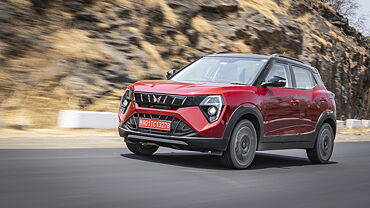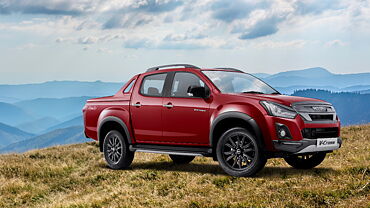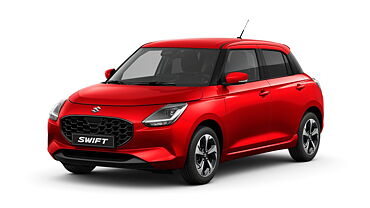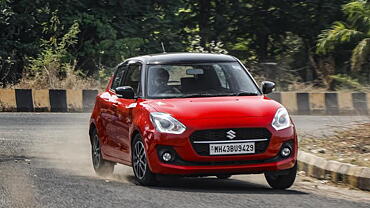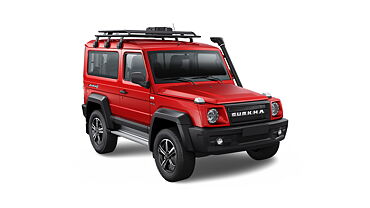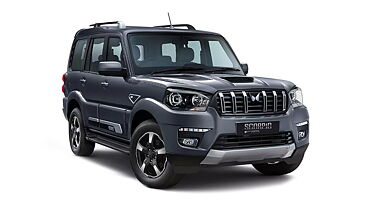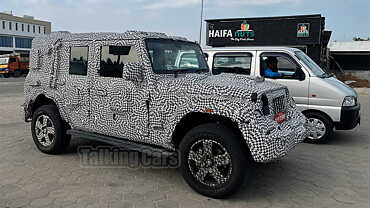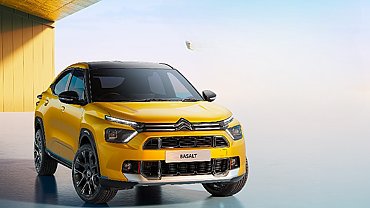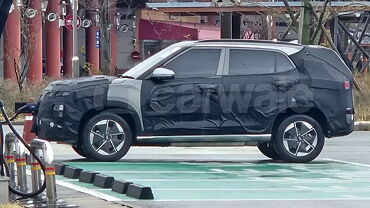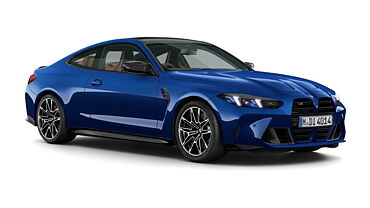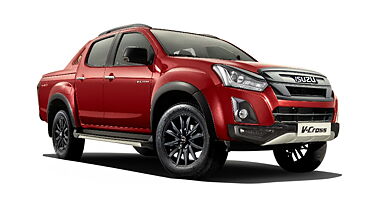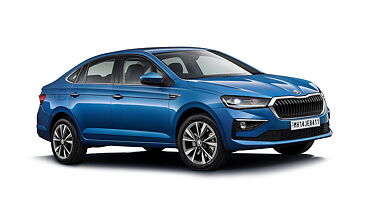The recurring tyre burst related incidents recorded on the new Yamuna Expressway has raised plenty of security concerns among the local and foreign tourist population headed for Agra. Accordingly, the plans of a small weekend to see Taj Mahal have taken a toss, among many National Capital Region (NCR) residents.
According to experts, the notorious image of the state-of-the-art six-lane access-controlled road has stemmed from its cement concrete road and the growing incidents of exceeding speed restrictions. As a matter of fact, around 85 per cent of the roads of Yamuna Expressway have been built using concrete and cement, which causes greater heating as compared to the bitumen used in conventional roads. Accordingly, indulging in excess speed violations with wearied tyres could spell doom for the drivers travelling on the New Delhi - Agra toll way.
Top industry boffins believe that before embarking on a road trip on the Yamuna Expressway, one must make sure that tyres of the vehicle to be driven must be in a good condition with proper air pressure level. Hence, in order to safeguard against minimising tyre heating, the foremost principle is to maintain proper inflation.
Expressing his opinion on the cement concrete road versus bituminous road debate, P. K. Sikdar, a former Director of Central Road Research Institute (CRRI), New Delhi, said, "Cement concrete roads are harder than bituminous roads, which results in lesser rolling resistance of the tyres. While this means that the friction is more as it is a rigid pavement, it also means that there is slightly more chance of heating of tyres."
Sikdar also informed that the nylon threads lined inside the radial tyres heat up during long journeys thereby, raising health concerns, besides travelling at high speeds could further augment the deformation procedure.
S. P. Singh, Convener of the All-India Tyre Dealers Federation had an interesting point to add on and quoted, "Optimum air pressure in tyres must be maintained for proper control. If it is below the correct limit, the tyre footprint will be more, and can result in overheating due to friction. If it is too high, the footprint will be smaller, resulting in reduced control. Check for suppression or cracking in tyres. Such a defect has to be fixed by the manufacturer and the tyre should be sent to them immediately. Users shouldn't use old, repaired or patch worked tyres, especially on high-speed corridors."
So, in order to ensure safe and sound driving experience on the Yamuna Expressway, one must refrain from all sorts of dangerous idiosyncrasies of exceeding proposed speed limits and always make sure that the tyre pressure of the vehicle is at an optimum level. Further, using Nitrogen gas in the tyre could come handy in ensuring safe and accident free trip, besides regulars stopovers could also help in the overheating of tyres. Nothing can be commented regarding the overall safety of the Yamuna Expressway as of yet, but soon the government will be coming with a justifiable reason behind the ugly tyre bursting episodes.



